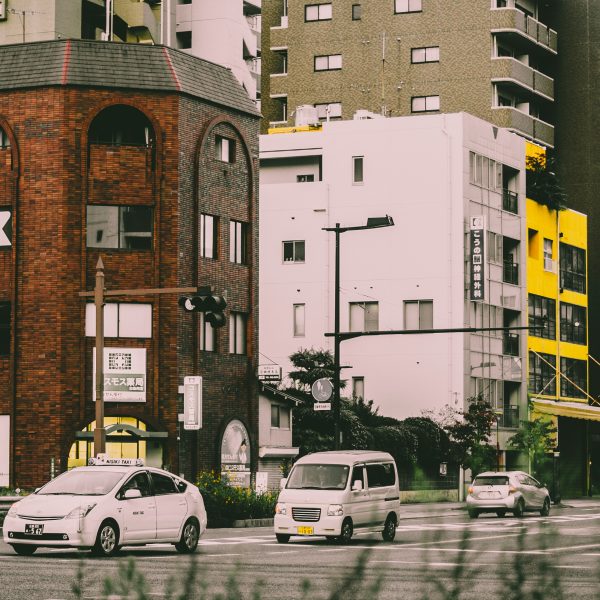MTA’s range of air purification systems makes clean air a breeze

COVID-19 has changed so many aspects of the early childhood education and care (ECEC) sector. From free childcare to vaccine mandates, the way in which the sector conducts its valuable day to day work in unprecedented times has focused on being adaptable, responsive, and being able to pivot rapidly to safeguard children and their families.
As the state and federal governments look to keep children in their normal patterns of education and care, moving from a lock down model of virus management services are undertaking a variety of measures to ensure the health and safety of those in their care.
One of the biggest changes in this health and safety landscape is the addition of air purifiers into ECEC spaces with the intention of trapping the small aerosol particles dispersed when an infected person breathes out, or coughs or sneezes.
These tiny droplets can stay in the air for a long time, up to an hour or more. In the right circumstances, a good air purifier can remove most of these particles from a room’s air, making them a logical choice in mitigating the risks of COVID in ECEC settings.
“Accessing clean air in your learning environment doesn’t have to be difficult,” Dianne Markus, Health and Hygiene Category Manager at MTA explained.
Measures such as accessing natural ventilation (through opening windows and doors), adding plants to your environment, regular hygiene and cleaning, and increasing outdoor programming can all help increase access to better quality air.
A number of factors, however, mean that access to natural ventilation is more of a challenge.
Weather (wind, rain, heat – you name it), external noise (we’re talking lawn mowers, children playing outside, traffic), pollution and fumes (like smoke, or car exhausts), and windows that have been painted (or bolted!) shut, are just a few things that can make it harder for an early childhood education and care (ECEC) service to harness natural, clean air.
When natural ventilation isn’t as accessible as you need, supplementing natural ventilation with commercial air purifiers, fitted with advanced technology and medical grade HEPA filters can help ensure your classrooms, staff rooms, offices, foyers and other learning zones have the air quality needed for children and educators to thrive.”
For larger spaces such as foyers, classrooms and atilers, MTA recommends the medical-grade HEPA Air 8 purifiers which are portable and stand-alone, perfect for all learning spaces.
Powerful yet discrete, medical grade filters remove 99.97 per cent of malicious particles from the air, kill bacteria and viruses and remove offensive odours. The 1200i PRO model has a clean air delivery rate of 1200m3/h with 4 stage filtration. With Wi-Fi connectivity and a free app, the Air 8 purifiers can be managed from a mobile device once the app is accessed from either the App Store or the Google Play Store.
The 720i model has a Clean Air Delivery Rate of 720 m3/h, and is low maintenance, featuring a filter replacement reminder (HEPA filter to be replaced every 3000 hours of use). It’s 100 per cent ozone free, and boasts 5-Stage filtration technology – pre-filtration, HEPA NANO filtration, Active Carbon filtration, Photocatalyst filtration and UV-GI light sterilisation at 99.99 percent.
For those services who are looking for a HEPA medical-grade filtration air purification system, the Dyson models offer a stylish alternative while still being suitable for spaces like foyers, reception areas and entry halls.
Dyson purifiers don’t compromise airflow for purification using Air Multiplier™ technology, they generate powerful circulation to draw in pollutants and project over 290 litres a second of purified air throughout classrooms.
The Dyson Link app lets you see which particles have been captured, set schedules and control hands-free, using compatible voice services such as Amazon Alexa, Google Assistant or Siri.
Smart modes mean your Dyson only purifies when needed, and preserves energy when the air is clean. Dyson purifiers also feature an advanced medical-grade H-13 HEPA filtration system, plus a unique catalytic filter which works to continuously destroy formaldehyde by turning it into water and CO2. The system traps pollutants inside, completely removing them from the air you breathe.
The Hitachi models of air purifier are small and discrete, while still featuring the gold standard H13 HEPA filters.Hitachi Air Purifier units are the smallest, most discrete and lightweight models in the MTA range. Easy to carry or wheel around on built-in rollers, these are flexible units, perfect for flexible learning environments.
The models feature 2-stages of filtration including medical-grade H13 HEPA Filters and dust filters that effectively capture fine particles. They are deodorising and can remove common odours and substances such as mould, pollen, bacteria, viruses and more.
These units feature multiple modes including whisper-quiet or library-quiet operation, making them perfect for when you and your class need to concentrate. These units use eco-conscious technology that help you sustainably access clean air in your learning spaces.
MTA has prepared a helpful, easy to understand guide to help identify the right purifier for your learning space. View the guide here.
For further information, guidance or support reach out to MTA by phone on 1800 251 497 or email [email protected]
Popular

Quality
Practice
Research
Professional bravery in ECEC: How reading the nervous system prevents behaviour escalation
2025-12-02 07:30:47
by Fiona Alston

Policy
Quality
Practice
Provider
Research
Workforce
ECEC services to close early for mandatory child safety training under national reforms
2025-12-01 07:10:09
by Fiona Alston

Quality
Policy
Practice
Provider
Workforce
Growth restrictions and enhanced oversight imposed on Affinity Education Group in NSW
2025-12-01 07:30:29
by Fiona Alston


















